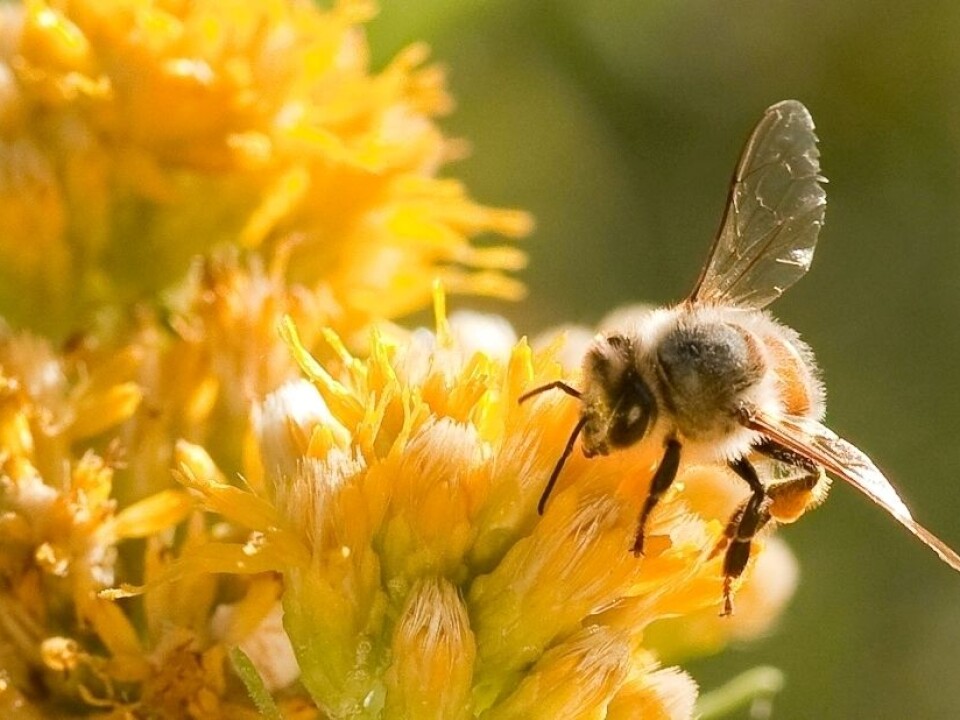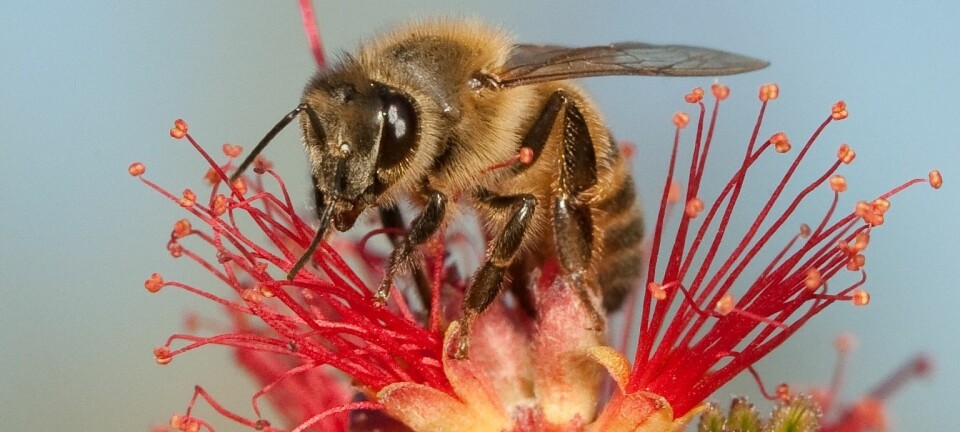
How smart are animals?
We think that crows are smart but what do we really know? Intelligence takes on diverse meanings for different species and researchers think we are too prone to use human standards.
Denne artikkelen er over ti år gammel og kan inneholde utdatert informasjon.
We've all heard talk of animal intelligence. We speak of crafty crows, clever foxes, discerning dolphins and brilliant squids, but can we really use the word intelligence with regard to animals?
Researchers are concerned with learning mechanisms and other cognitive abilities – thinking, acquiring knowledge, sensory perception, memory and language. These are the thought processes which form the basis for what we experience and comprehend of the world around us.
The problem is that we often look for human traits when we study animal behaviour. But what may be clever for us needn’t be a viable attribute in other members of the animal kingdom.
“Animals are often given tasks based on human behaviour, such as the use of tools, says Peter Bøckman, a zoologist at the Natural History Museum in Oslo.

“If you turn it around and visualise a flock of screaming chimpanzees hauling you up into a treetop and confront you with a complicated problem involving nuts, how intelligently do you think you would perform?” he asks.
Indeed, we can easily fail to notice animal intelligence if we only look for human qualities, says Bjarne Braastad, an animal behaviourist at the Norwegian University of Life Sciences.
“It can be limiting if your point of departure is human traits. Animals have other abilities and can have elements of intelligence that humans lack,” he says.
IQ by the kilo
We often measure intelligence, particularly in mammals, in accordance with how much the brain weighs in relation to total body weight. Humans lead by a long shot on this list, and the animal right behind us is not one of the apes – it’s the dolphin.

Dolphins can thus be said to have the potential for very high intelligence, but we can’t measure this optimally. Dolphins come from a completely different world, in a way, and have a language we can’t fathom. Communication is definitely a great barrier in the understanding of animal behaviour.
“Human intelligence is strongly linked to the language we use to communicate with one another," says Bøckman. "As long as we can’t communicate with animals, it’s really hard to decide how smart they are.”
“Language is such an integral party of being human and that makes it hard to avoid using human traits as a framework for considering the intelligence of animals.”
Bees smarter than babies?
A group of scientists from Queen Mary University in London examined studies of animal intelligence to find out what scientists currently think about comparable cognition in different species.

They found that concepts and terms used to calculate the intelligence of animals are often borrowed from studies of human psychology.
One recent study charting the learning speed of bees, human infants, birds and fish ended with the bees on top and our offspring at bottom. So the researchers behind the experiment concluded that learning speed couldn’t be used to measure intelligence – because humans weren’t first across the finish line.
The British scientists point out that the bees beat the babies in a learning test because the lab tested characteristics that bees have been perfecting during aeons of evolutionary development.
In comparisons of intelligence among species it’s hard to avoid dealing trump cards to one species or another.
“It’s difficult to discern between reasoning, learned reflexes and pure instincts. This makes it challenging for humans to create tests that don’t remind animals of their natural behaviour,” says Bøckman.
Bottom-up
The British scientists suggest what they term a bottom-up method. This differs from what they regard as top-bottom studies in animal behaviour research. In these, researchers pick out a cognitive trait and investigate how the animal’s nerve system guides this trait.
With more emphasis on a bottom-up method, they would study the species’ neural networks in attempts to perceive what uses these networks can have.
“The advantage of the bottom-up methods is that we can find traits that we didn’t know existed in animals,” says Braastad.
Bøckman comments that one of the challenges of this method is the extreme difficulty of investigating tiny neural circuitry in miniscule brains, such as in small insects.
Better tools required
There are now numerous studies that compare the cognitive capabilities of various species through investigations of their brains’ neural circuitry. This has contributed toward answering questions about whether some of our human qualities can also exist in other species and help lay the groundwork for better comparisons.
For instance, multiple studies have been conducted with regard to facial recognition, imitation, social behaviour and empathy, and these can be found among many of our animal cousins.
“If the neural paths that are active in animals are the same ones acting in humans we could have kindred abilities,” says Bøckman.
Gro Amdam conducts research on bees and what happens to their brains as they age. She is a professor at Arizona State University, and a researcher at the Norwegian University of Life Sciences.
“Scientists need to develop better tools, methods and theories for comparing the brain skills in different species, but we are well on our way,” she says,
--------------------
Read the Norwegian version of this article at forskning.no
Translated by: Glenn Ostling
































